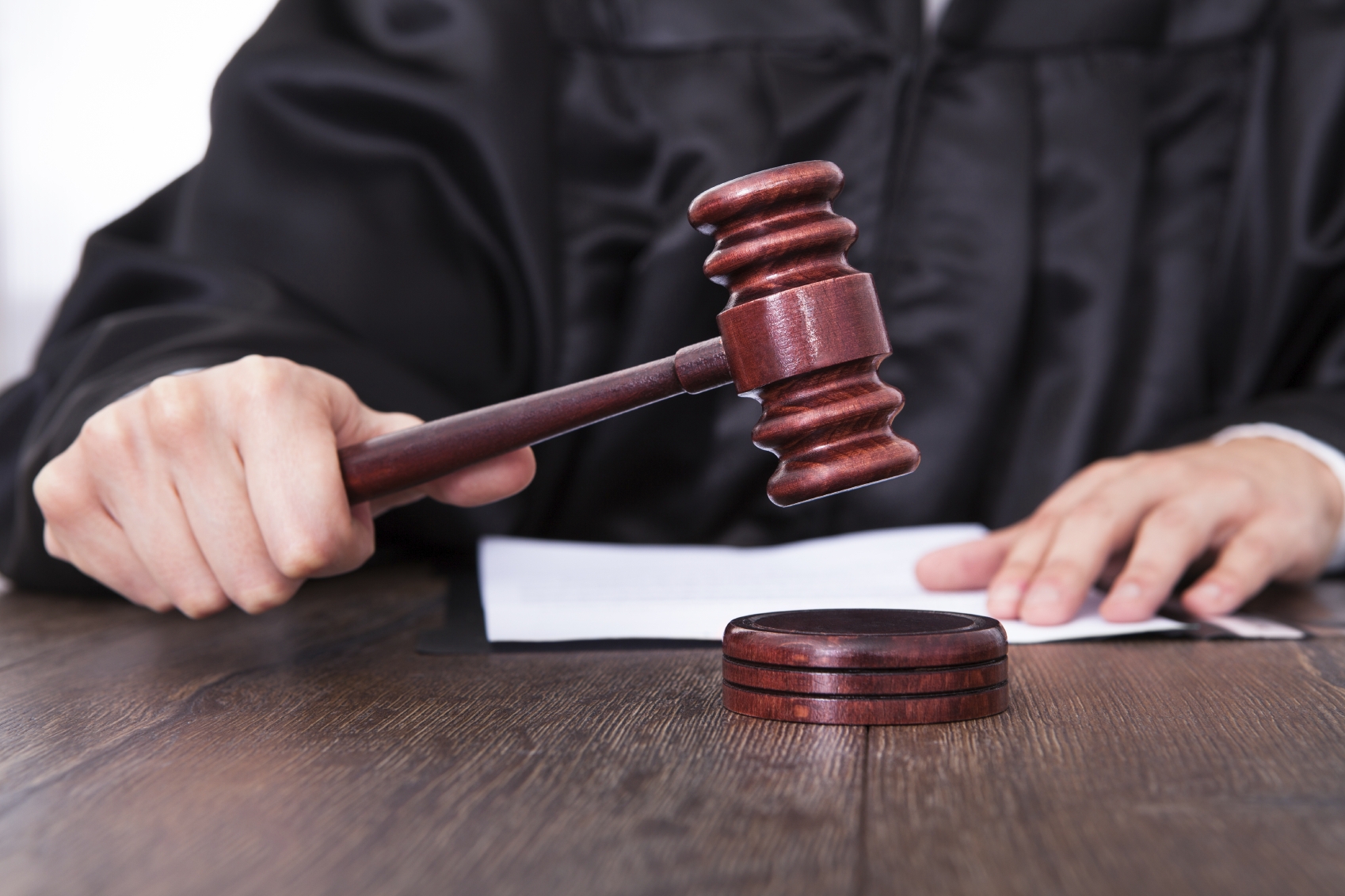Privacy? Big Brothers Watching
Is Big Brother Invading Your Smart Phone Privacy? It Seems He Is And You Have Unknowingly Agreed To Let Him Do So.
Apparently, three-quarters of adult smart phone owners use location-based services on their phone. Apps can give use directions, update weather forecasts, predict traffic patterns and measure the number of steps we take during the day. The data collected is saved in “the cloud.” Most people do not think of privacy rights when using their phones. Recently, a federal court ruled the various location histories collected can be requested by the police without a showing of “probable cause” and a judge issued warrant. The ruling upheld what is known as the third-party doctrine, which asserts “an individual enjoys no Fourth Amendment protection in information voluntarily turned over to a third party” — like your location history and every other thing you post on line. You have no privacy rights. United States v. Graham (4th Cir., 2015)
All cell providers have a network of cell sites, or “base stations,” from which cell phones send and receive radio signals. The particular points in time at which these transmissions occur are saved. Cell sites are placed throughout a service provider’s coverage area and often placed on towers with antennae arranged in sectors facing multiple directions to better facilitate radio transmission. A cell phone connects to a service provider’s cellular network through communications with cell sites whenever a call or text message is sent or received by the phone. The phone will connect to the cell site with which it shares the strongest signal. The connecting cell site can change over the course of a single call as the phone travels through the coverage area. When the phone connects to the network, the service provider automatically captures and retains certain information about the communication, including identification of the specific cell site and sector through which the connection is made.
By identifying the nearest cell tower and sector, CALI can be used to approximate the whereabouts of the cell phone at the particular points in time in which transmissions are made. The cell sites listed can be used to interpolate the exact path. The person carrying the phone traveled during a given time period. Tale a look at the location history saved on your phone. You may be amazed.
Goggle has, historically, reported to have assisted 78 percent of law enforcement data requests but would not disclose Location History data without having the police go to a judge and secure a formal search warrant. The Graham case may be signaling the beginning of a change in this area.
The existence of local histories raises the question of who it actually belongs to. It is up to each individual to decide whether the convenience and features offer by today’s cell phones are worth the privacy right you may be surrendering by using them.



